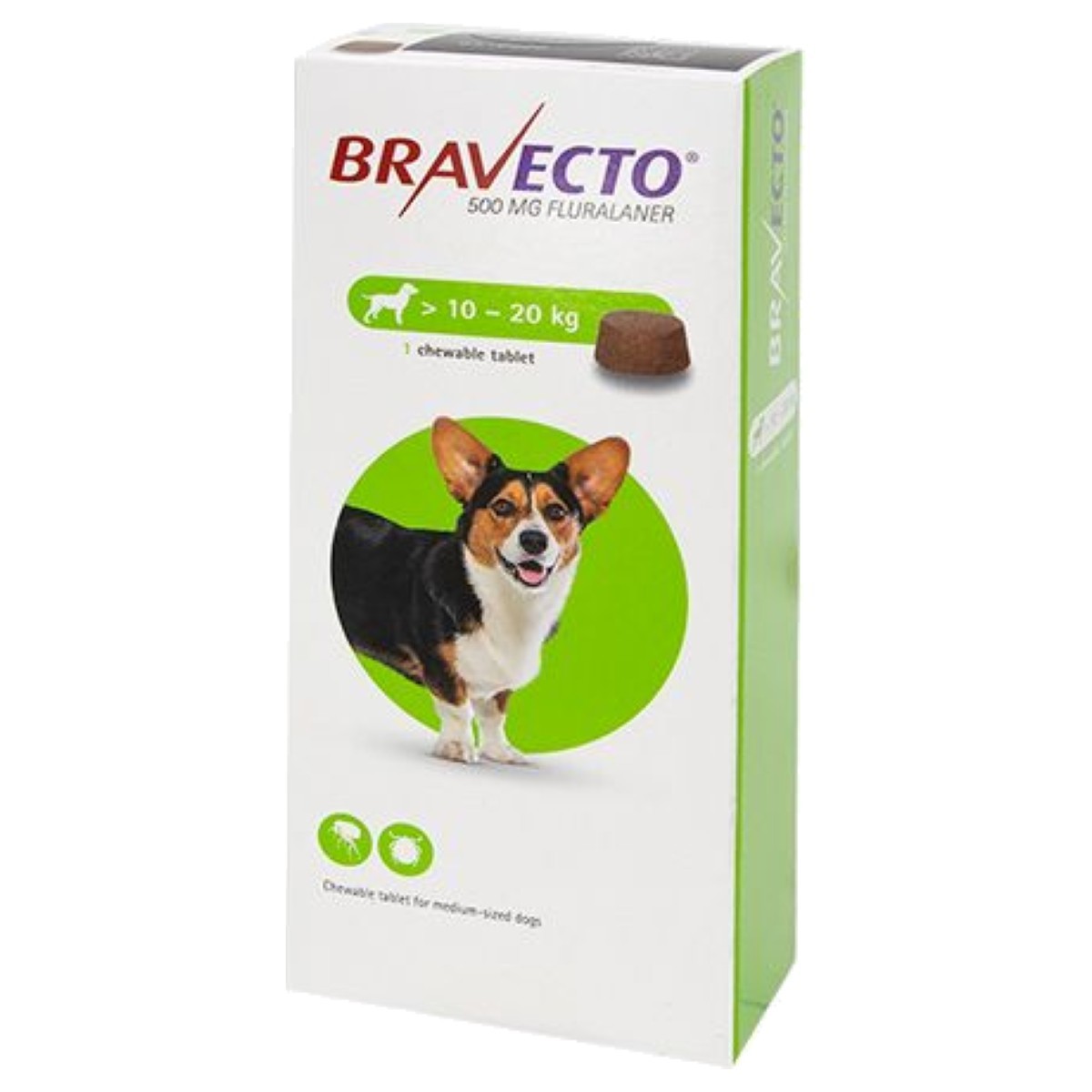

Pets and homes can quickly get infested with ticks and fleas. Spring– Any leftover ticks and fleas in the house quickly thrive as warmer weather arrives.As a pet owner, you should remain alert and keep checking and removing them regularly. As stated above, ticks are extremely challenging to eliminate completely as they remain dormant through the winter months. If you have a serious infestation, you might have to get prescription medicine from your vet. Some of these products repel ticks, while some of them need to come in contact with the tick eggs/larvae to work.

They are available in the form of shampoos, collars, sprays, oral formulations, tablets, and spot medicines. Products for tick control in wintersįipronil based medicines are some of the most popular chemicals that can prevent and kill ticks in all stages. However, you need to use natural products daily and also need to be proactive and use multiple hit strategies to avoid ticks and fleas. If you are concerned about their toxicity, talk to your vet about natural alternatives. Tick collars, sprays, spot treatment, shampoos and powders are available for this purpose and most products are safe for use on young dogs as well. When to start flea/tick treatment for puppies?Īs soon as your puppy is 3 months of age, it is time to discuss with your vet as to the right flea and tick medicine to use. Lyme disease is no joking matter and can produce debilitating symptoms in animals and humans.

This way, you can be forewarned and can take the precautions to prevent complications. Believe it: vets know best if there is an outbreak of these diseases in your area. Your vet can take a look and tell you if you need to be concerned about tick bite fever or Lyme disease etc. Bag the tick if possible and take it for identification. If you find a tick embedded in the skin, gently use a pair of tweezers to pull it out. If your dog spends a lot of time outdoors and especially in heavily wooded or grassy areas with ticks, then you must inspect its body every day. Does your dog spend a lot of time outdoors? You might even see flea debris near the tail or other hairy areas. Tell-tale signs would be bite marks, redness and even hair loss. Each night, inspect your pet for ticks and fleas. These would include itchiness, scratching and anxiety. I would definitely recommend that pet owners continue monitoring their pets for signs of tick infestation. Does my dog need Flea and Tick prevention in winters?Īs stated above, yes. You definitely need to continue using dog flea and tick medication for your puppies and adult dogs all year round. And that is why, when someone asks me “does my dog need flea/tick medicine?” I always tell them yes. Ticks may not be as active in winter months as they are in spring and summer, but they can remain dormant and continue feeding and reproducing in your homes while waiting for warmer weather to arrive. Our houses are always warm in winter which means that ticks are likely to survive indoors even if they are not too active outdoors. Another factor we must not overlook is central heating. Also, thanks to climate changes and global warming, the weather is getting warmer than usual. In the past, we definitely used to have a well-demarcated flea and tick season but all that has changed since ticks and fleas have started developing resistance to common pesticides and insect growth regulators. The answer, unfortunately, is not that simple. This is a question many of my readers ask me. I will explain the reasons why I say so in subsequent paragraphs below. However, one should not rely too much on this flea and tick map. As can be seen, most pet owners will feel that they need not worry too much about ticks in winter months since most tick species seem to prefer warmer months. It shows the activity of major parasites all year round.

Take a look at the flea and tick map below.


 0 kommentar(er)
0 kommentar(er)
